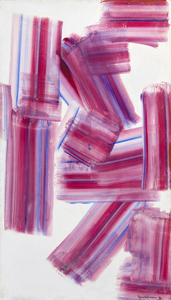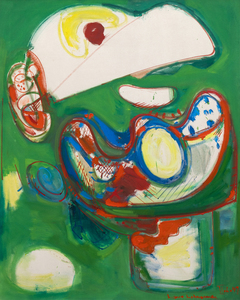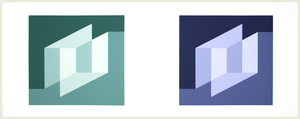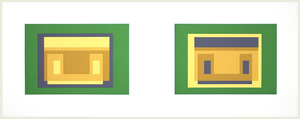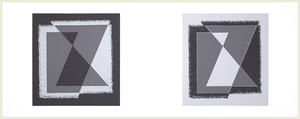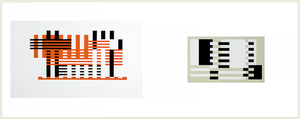Please contact the gallery for more information.
2024
2023
2022
2021
2020
2019
2018
2016
2015
2014
2011
2010
2009
History
In the area of color experimentation and theory, Josef Albers’ experience at Black Mountain College provided the impetus to explore the properties of color that went beyond his Bauhaus experience. What evolved was a systematic approach to exploring “tonal possibilities of colors, their relativity, their interaction, and influence on each other, cold and warmth, light intensity, color intensity, psychical and spatial effects” (Josef Albers, “Concerning Art Instruction,” Black Mountain College Bulletin, no. 2, June 1934). That quest would provide the basis for one of the most iconic series of artworks of the twentieth century; a series of more than two thousand works using a fixed set of templates whose precise optical effects would not demonstrate nor provoke a uniform reaction, but rather set the viewer up to acknowledge differences and relative shifts in color perception.
Albers would embrace four basic nested square patterns — each arranged on the same vertical axis, but not on the same horizontal axis. The effect is one of strobe-like insistence with the weight of the nested squares sinking toward the lower edge of the picture plane. That implied gravitational effect is one of slight instability that ironically depends upon the most stable geometric form of all — the square.
During the mid-1950s, Albers introduced a mitered Homage version, the outer squares of which provide a beveled confluence that intensifies perspective, narrows our gaze, and operates as a threshold as well as a portal. A succinct gateway for us to step through before fully immersing ourselves in Albers’ play on color, relativity, and perception, it also lends a sensation of stage and performance as if its framing were a proscenium – the metaphorical plane of space in a theatre surrounded on the top and sides and on the bottom by the stage floor itself.
Mitered Homage paintings are uncommon, but those of a two-color center rather than a solitary swatch are a rare bird indeed. For certain, the effect of a two-color scheme within the recessional effect from the four corners to their heavily implied vanishing point at the center is an intensified play on psychical and spatial perception. Homage to the Square “In and Out”, 1959 is a particularly effective example. Its emerald-green center square set within a teal green surround provides a highly satisfying interaction of like-hued color and light intensity. It is a performance by Albers, who, like Mondrian, worked not at an easel, but upon a table and using a palette knife spread paint as he was fond of saying, ‘like butter on pumpernickel.’ Albers, as rigorous as pathologically consistent insisted upon using Masonite on panels from eleven inches up to its largest width at forty-eight inches. At forty-by-forty inches, In and Out, 1959 in quality, rarity, and size certainly ranks among those works Albers deemed destined for museums and his best collectors.
MARKET INSIGHTS
- The record for an Albers painting at auction was set in 2017 when Homage to the Square: Temperate sold for $3,004,792 USD.
- The graph prepared by Art Market Research shows that since 1976, paintings by Albers have increased at a 5.9% annual rate of return.
- Homage to the Square: “In and Out” comes from Albers’ most sought-after series, the Homage to the Square, an exploration of abstraction, nested squares, and chromatic interactions that began in 1949.
Top Results at Auction

“Homage to the Square: Temperate” (1957) sold for $3,004,792 USD.

“Homage to the Square: White Nimbus” (1964) sold for $2,210,500 USD.

“Homage to the Square: Light Inside” (1967) sold for $2,055,000 USD.

“Study for Homage to the Square: Red Tetrachord” (1962) sold for $1,997,122 USD.
Comparable Paintings Sold at Auction

“Homage to the Square: Light Inside” (1967) sold for $2,055,000 USD.
- Painted 8 years after Homage to the Square: “In and Out”
- Similar gray and green palette as Homage to the Square: “In and Out”
- Same 40 in. x 40 in. dimensions as Homage to the Square: “In and Out”

“Homage to the Square” (1973) sold for $1,927,500 USD.
- Painted 14 years after Homage to the Square: “In and Out”
- Same 40 in. x 40 in. dimensions as Homage to the Square: “In and Out”

“Homage to the Square: Midsummer” (1964) sold for $1,422,501 USD.
- Painted 5 years after Homage to the Square: “In and Out”
- Same 40 in. x 40 in. dimensions as Homage to the Square: “In and Out”
Similar Paintings in Museum Collections
Solomon R. Guggenheim Museum, New York
Smithsonian American Art Museum, Washington, D.C.
Whitney Museum of American Art, New York
Dallas Museum of Art, Dallas, Texas
Image Gallery
Additional Resources
Inquire
You May Also Like



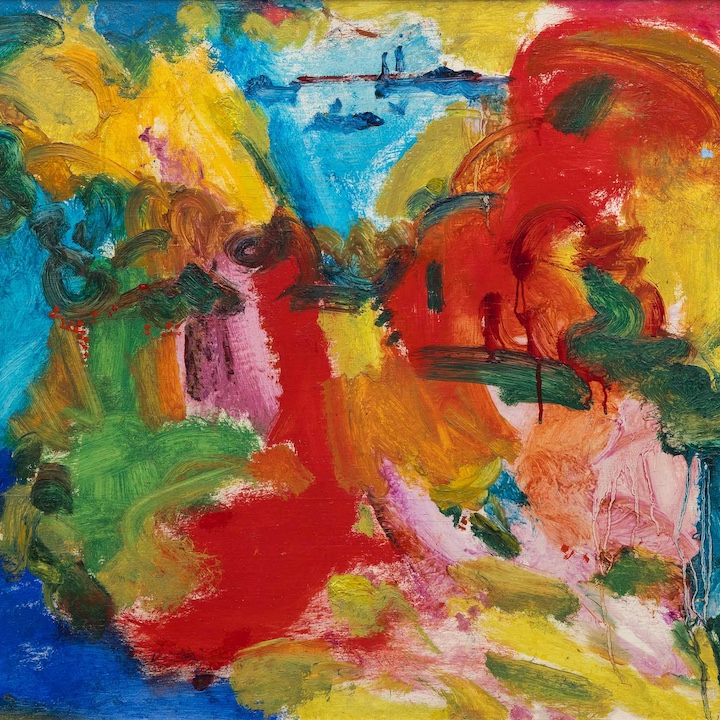
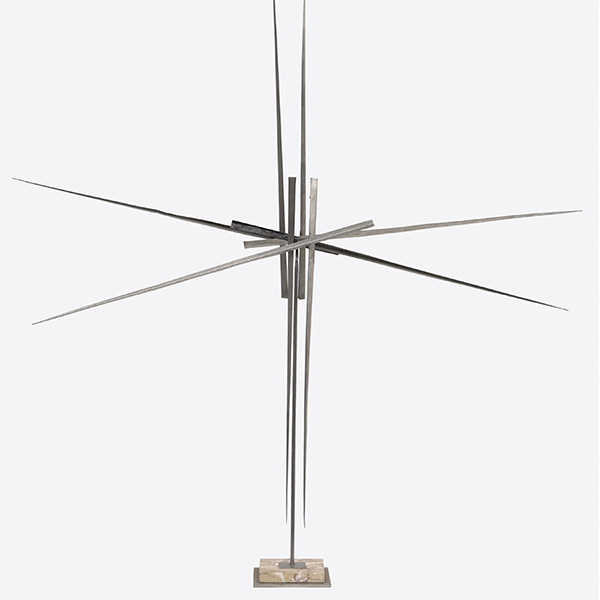
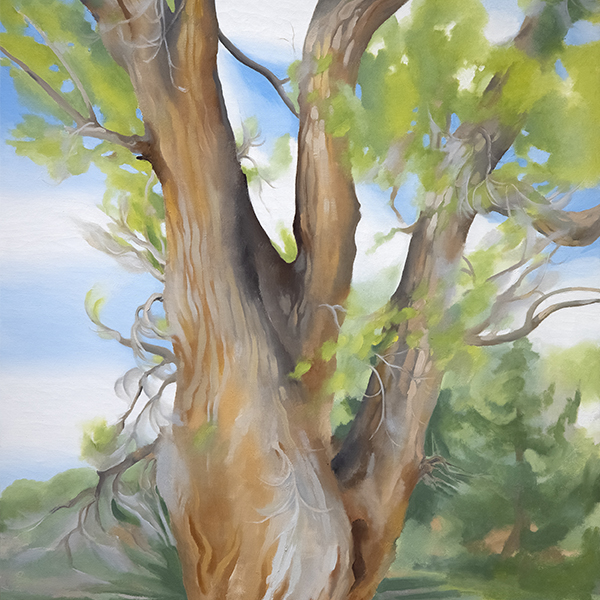
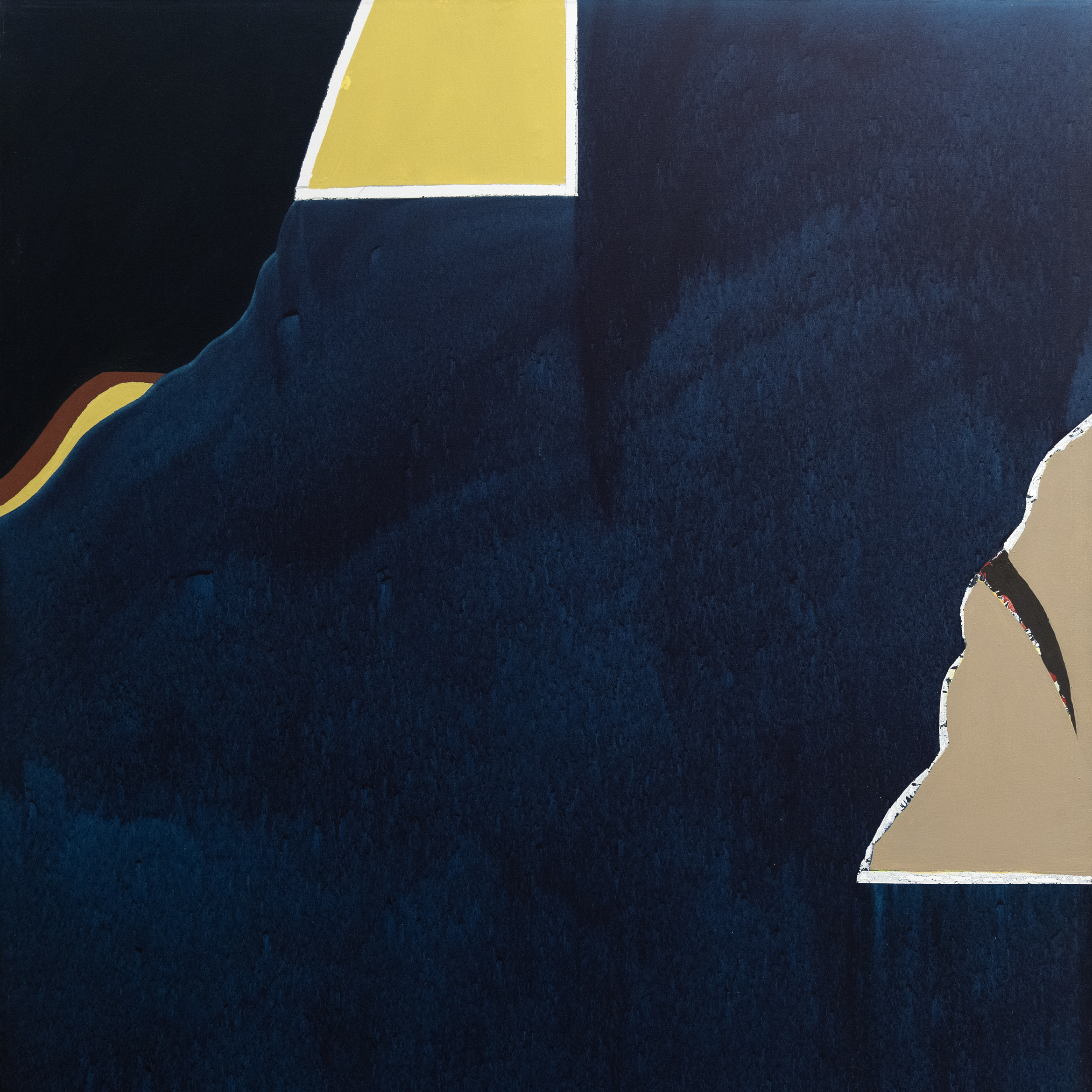
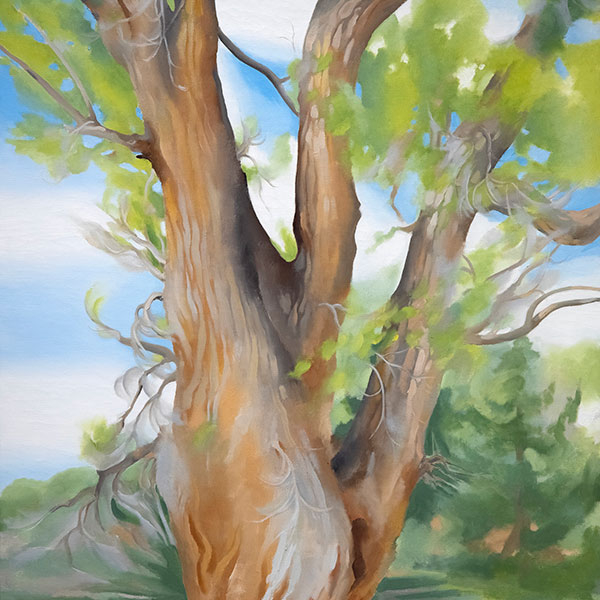
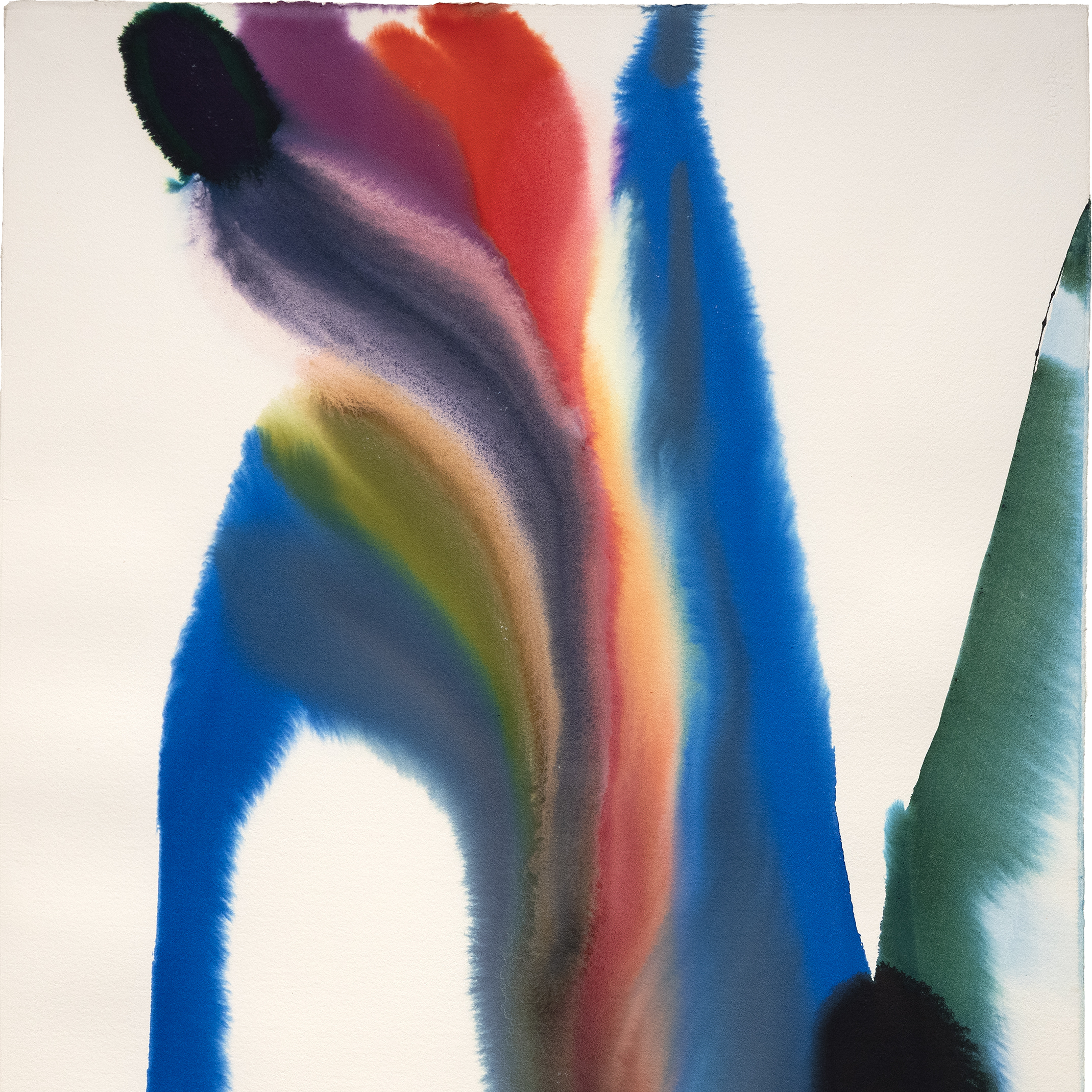
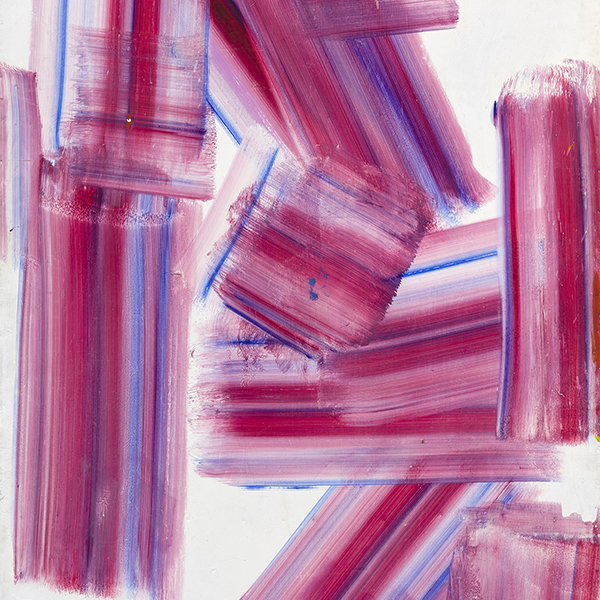
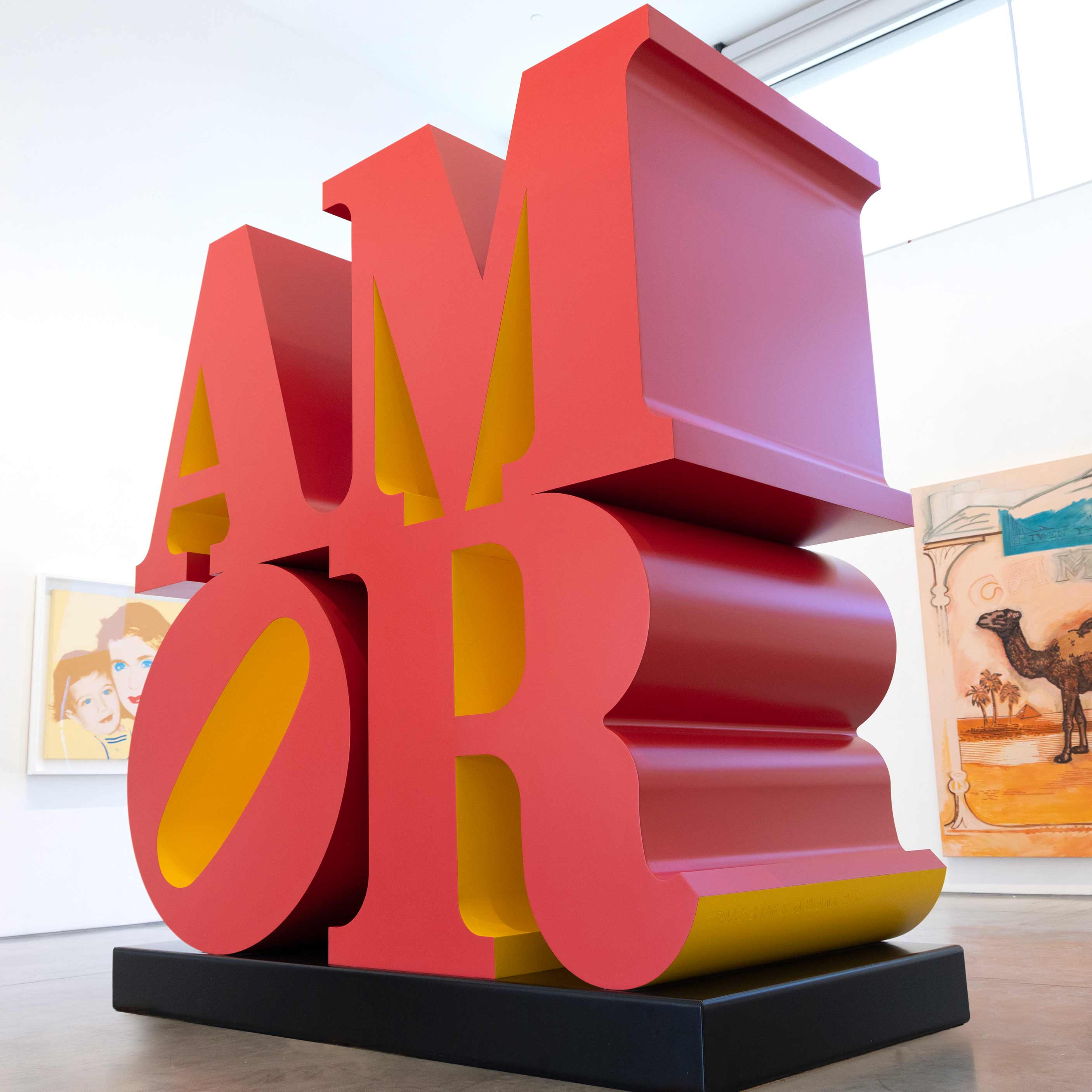
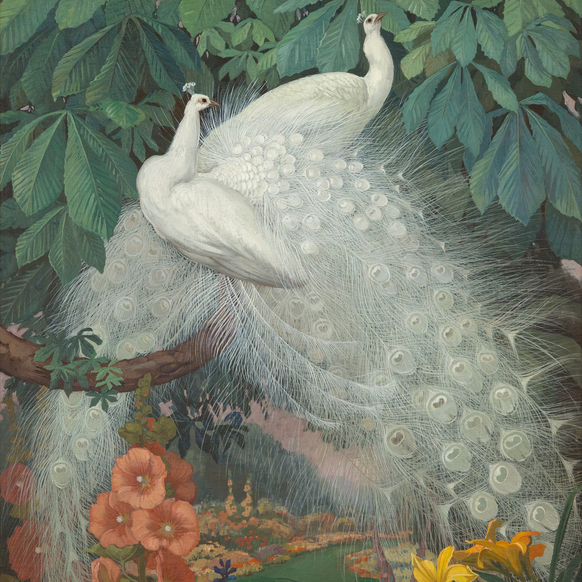
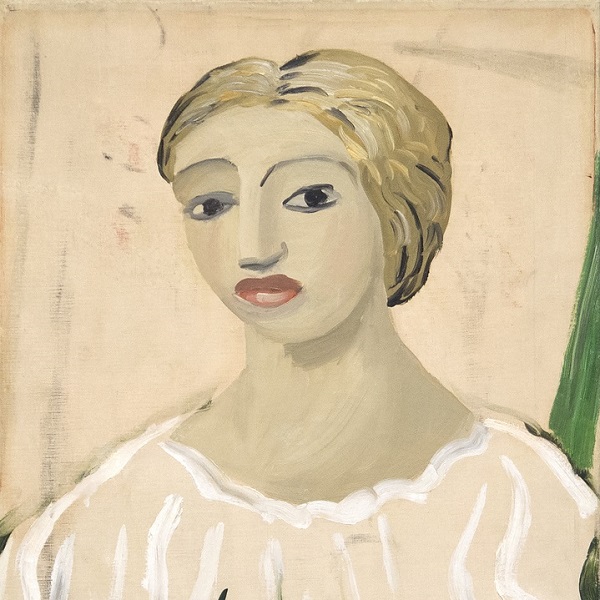
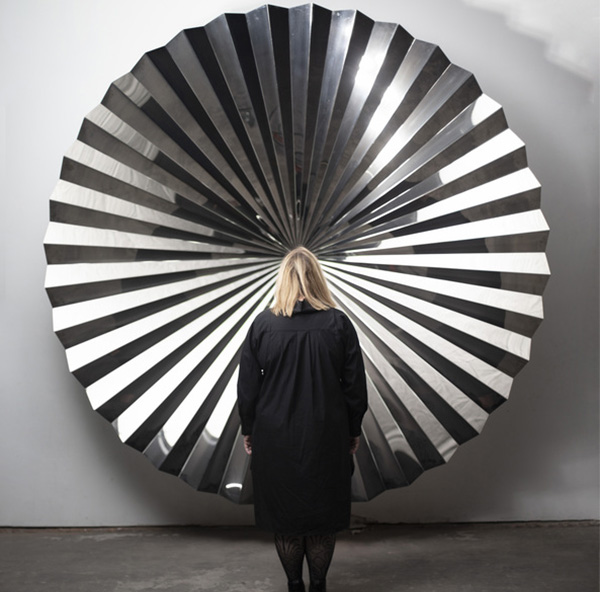
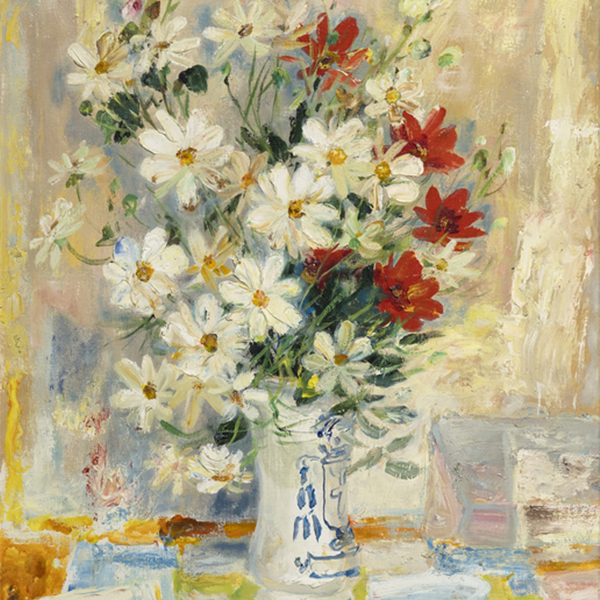
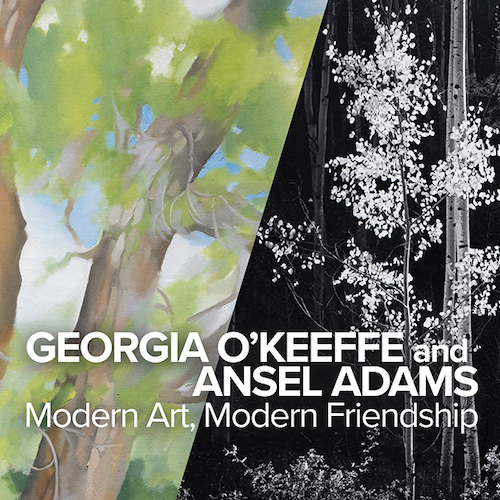
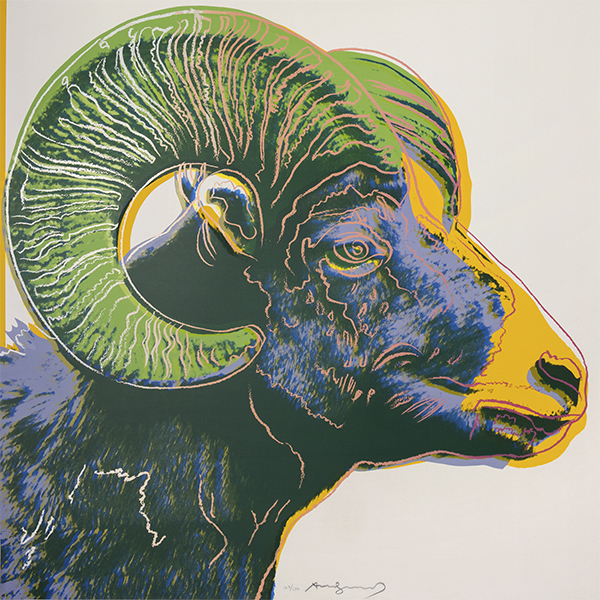
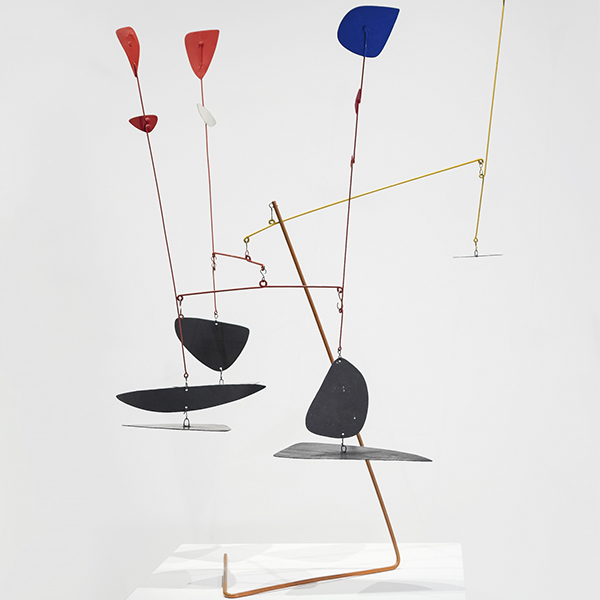
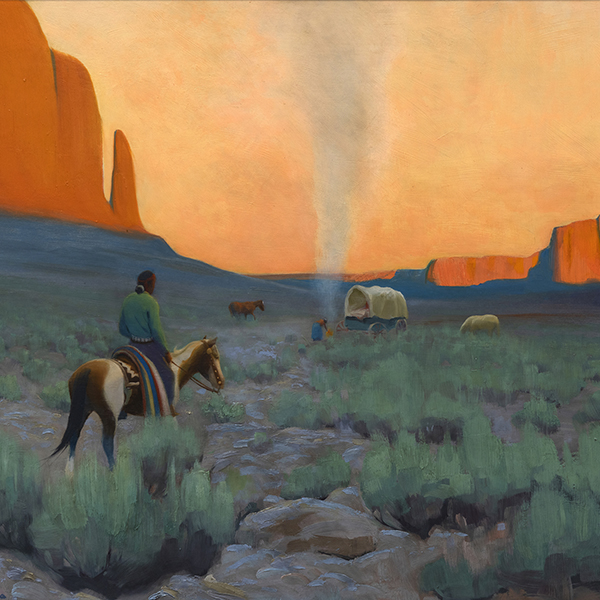
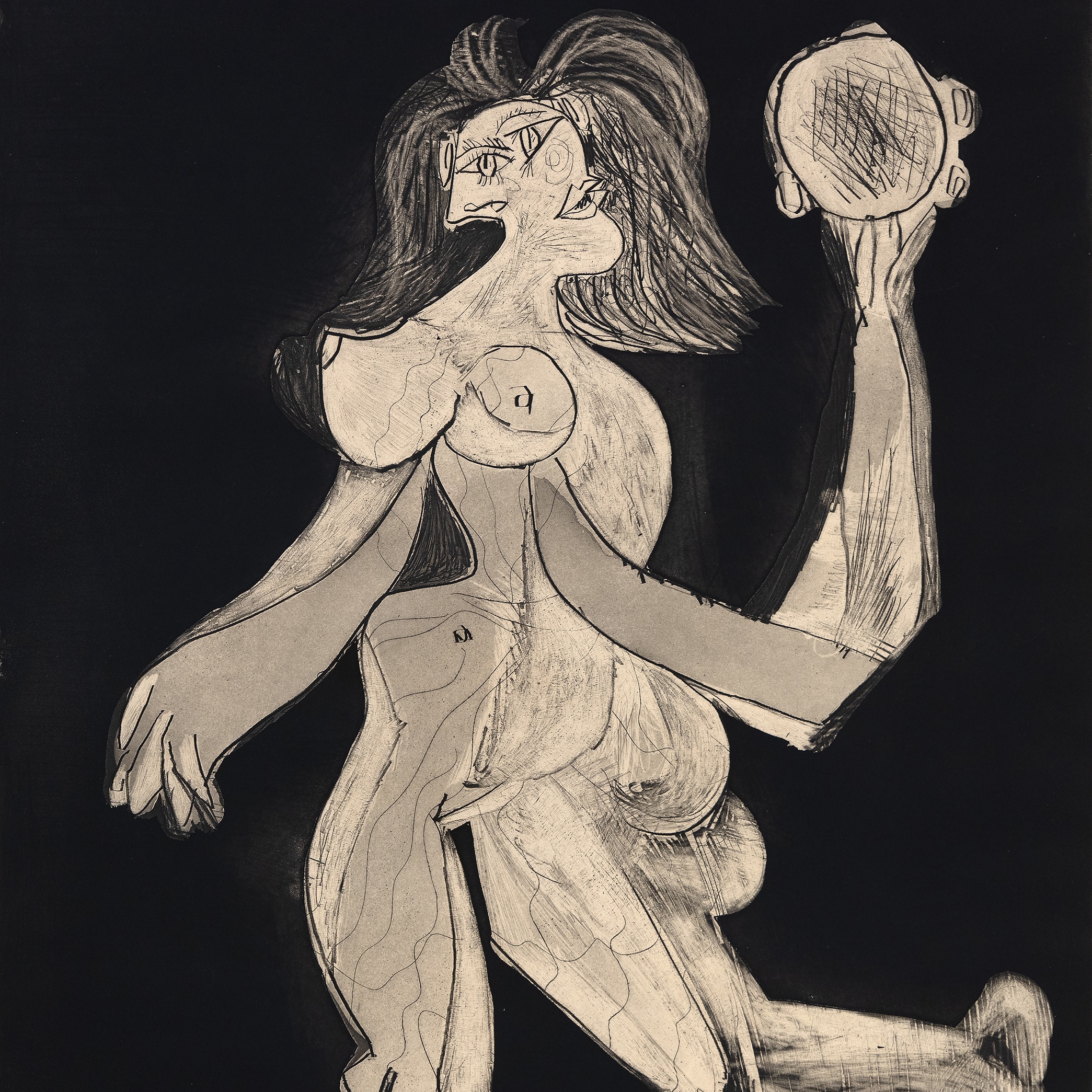
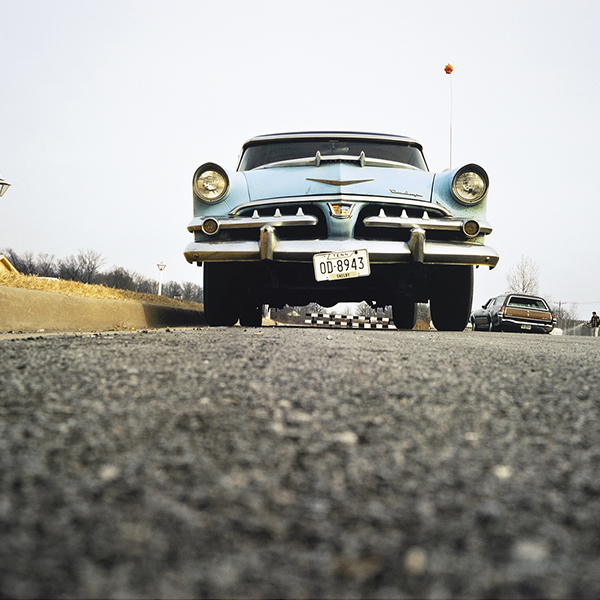
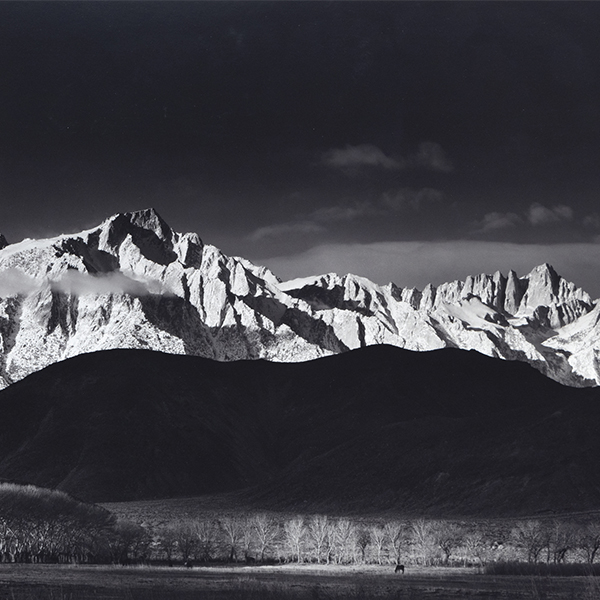
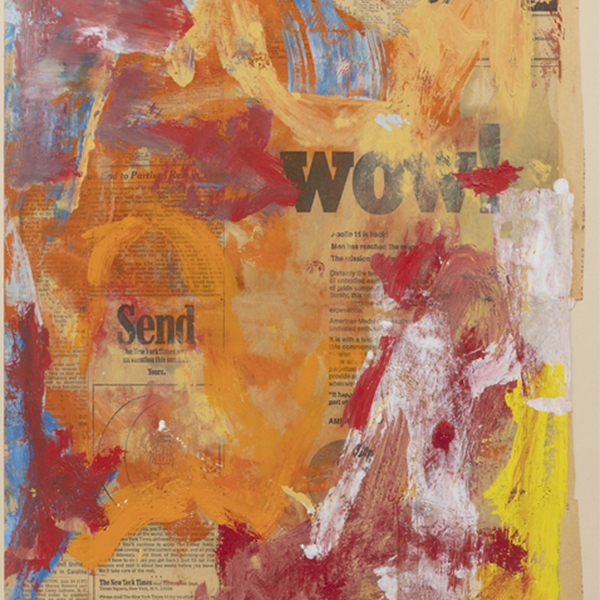
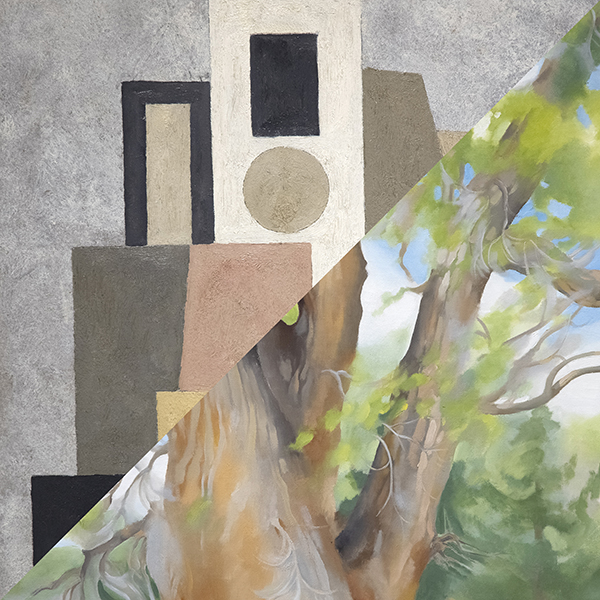
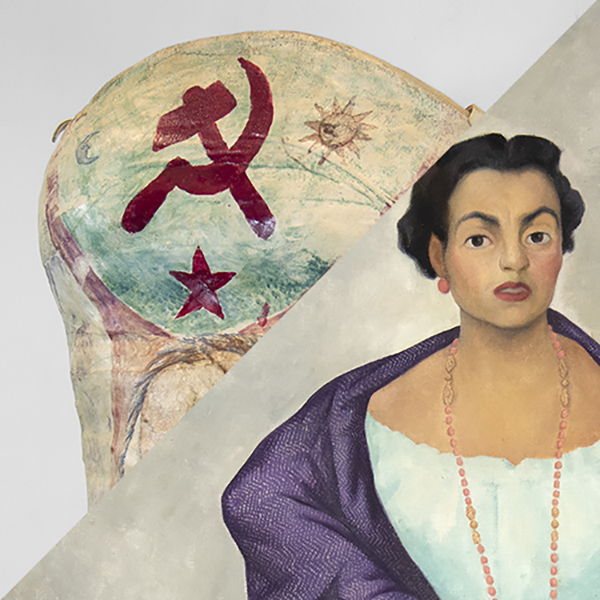
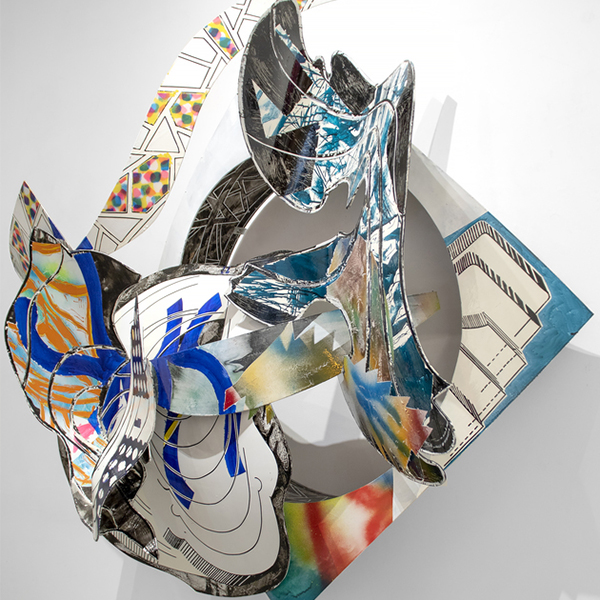
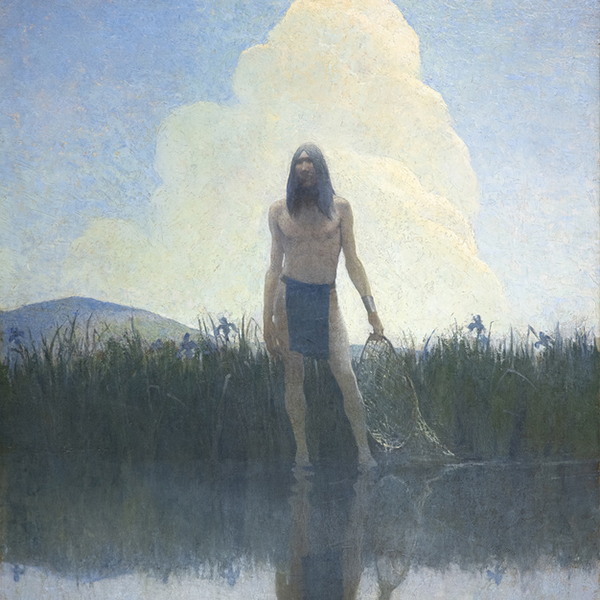
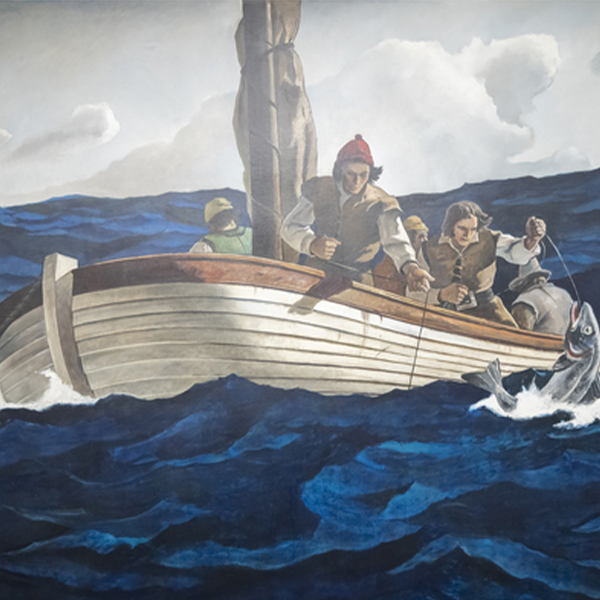
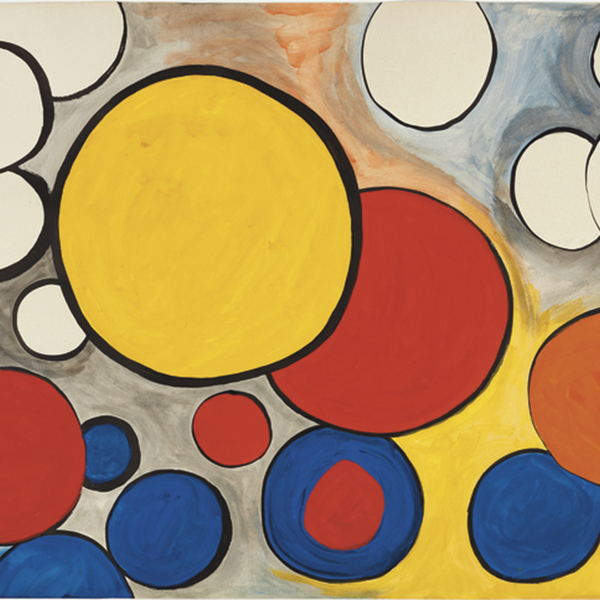
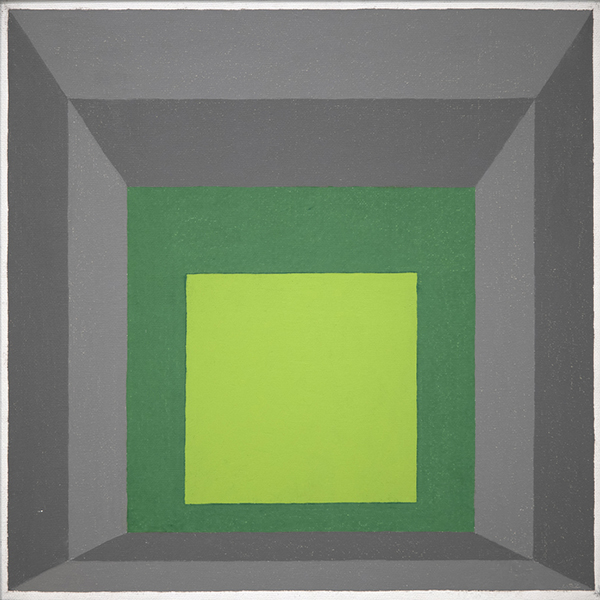
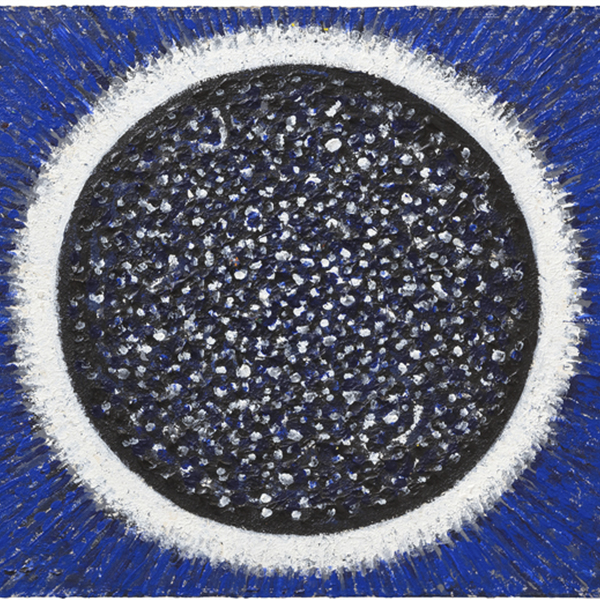
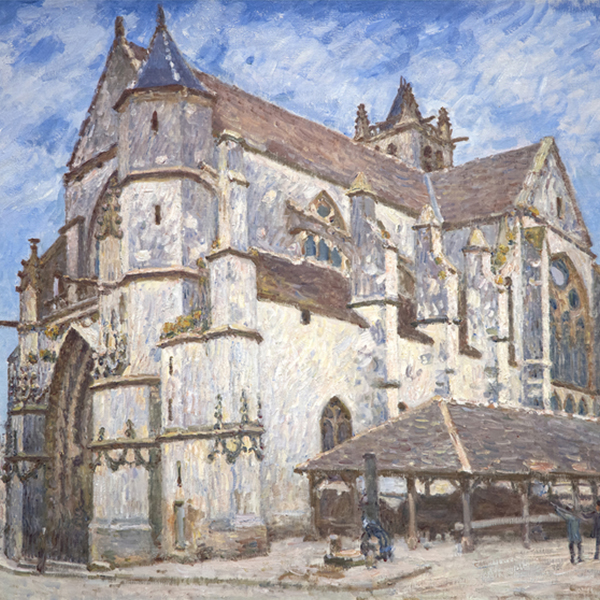
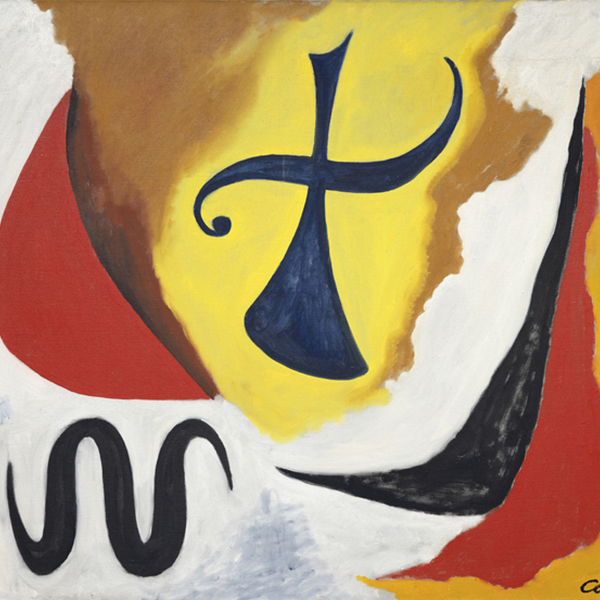
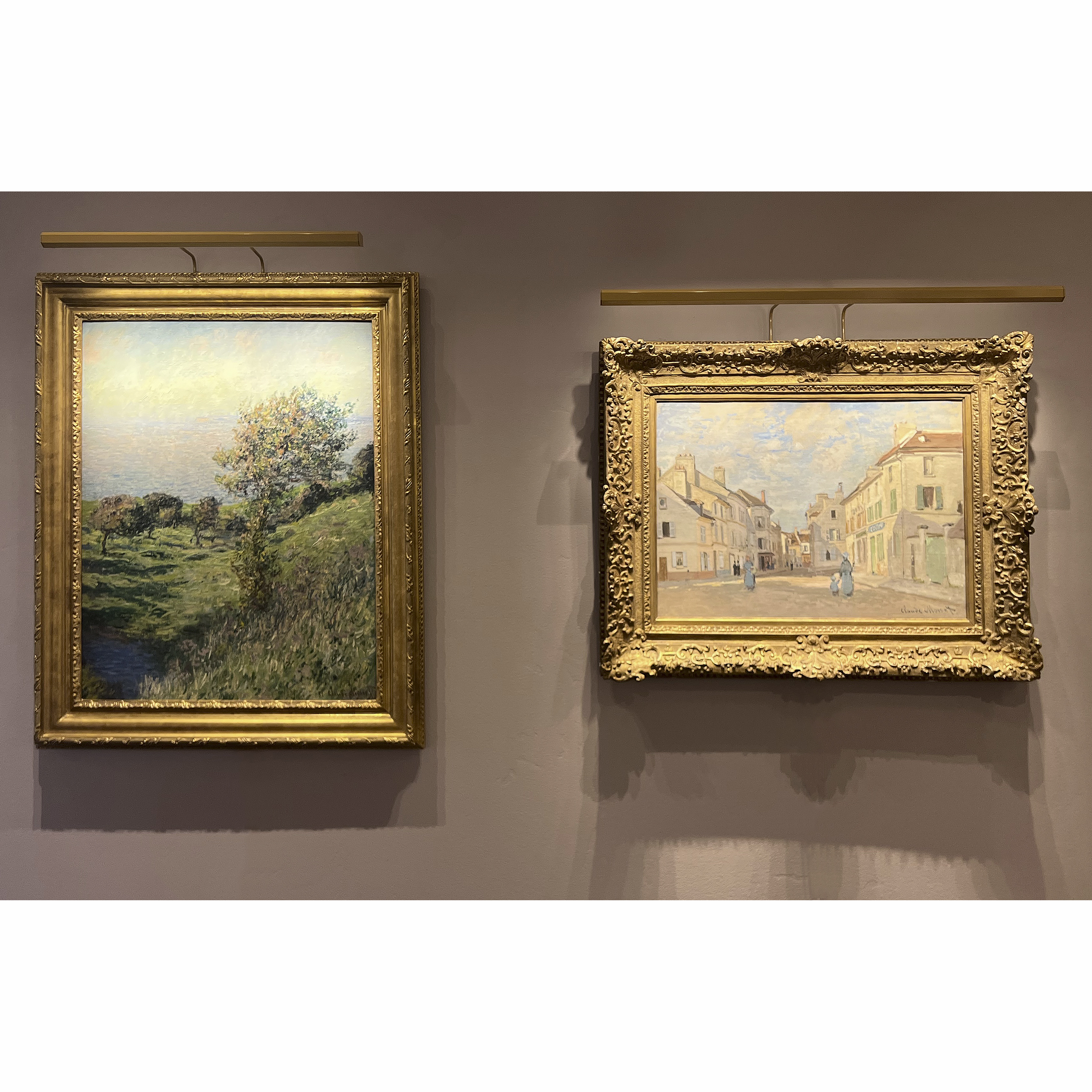
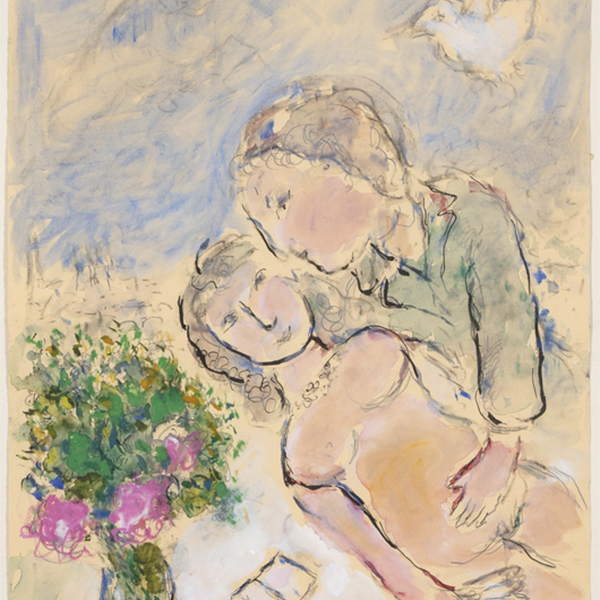
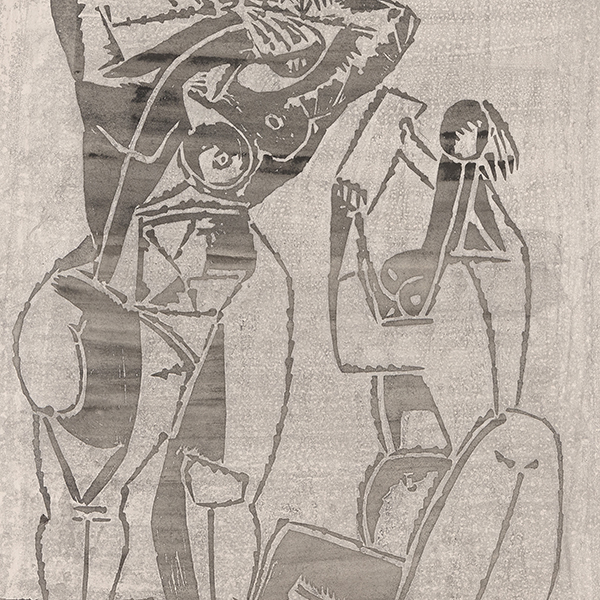
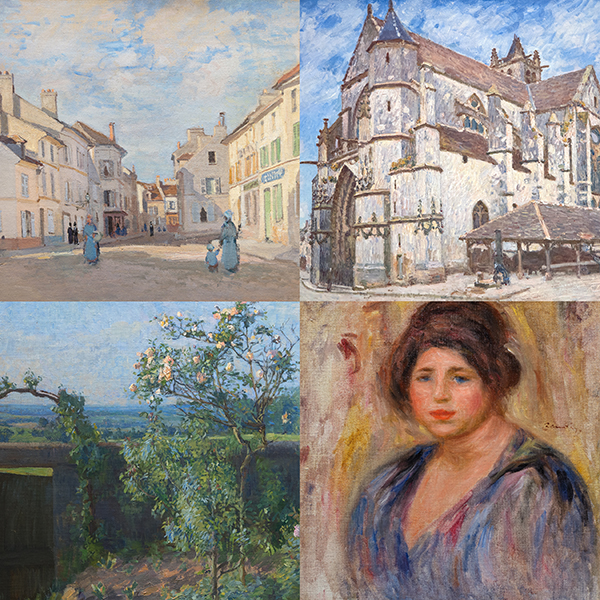
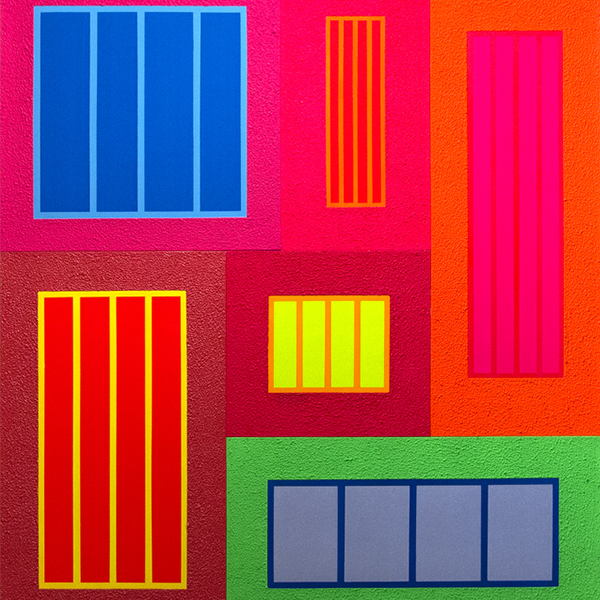
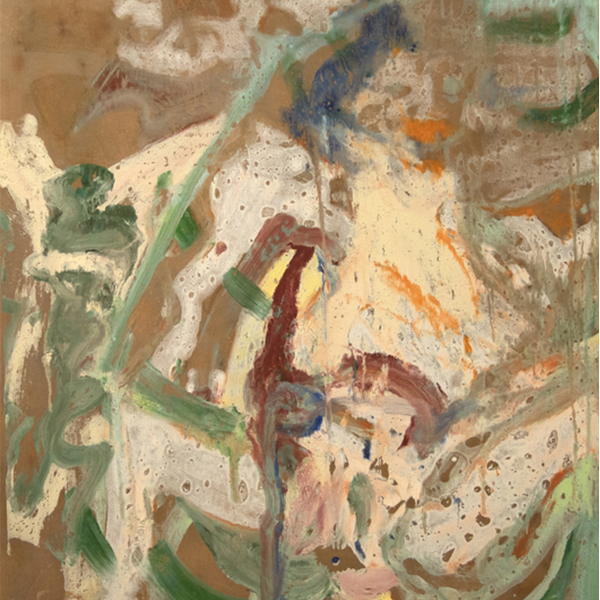
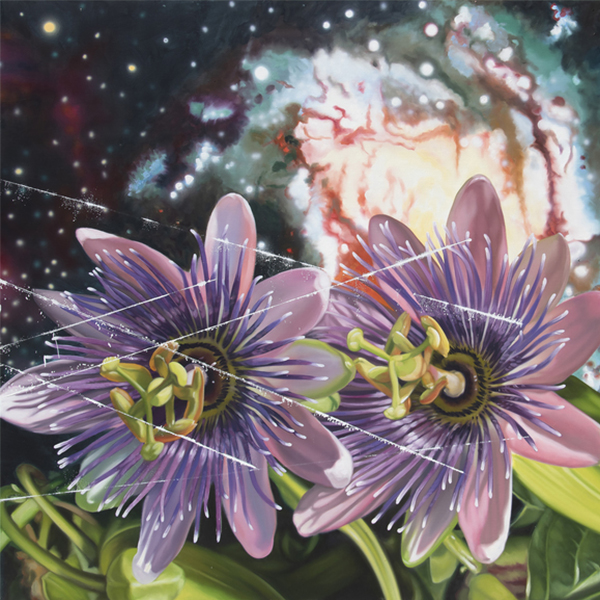
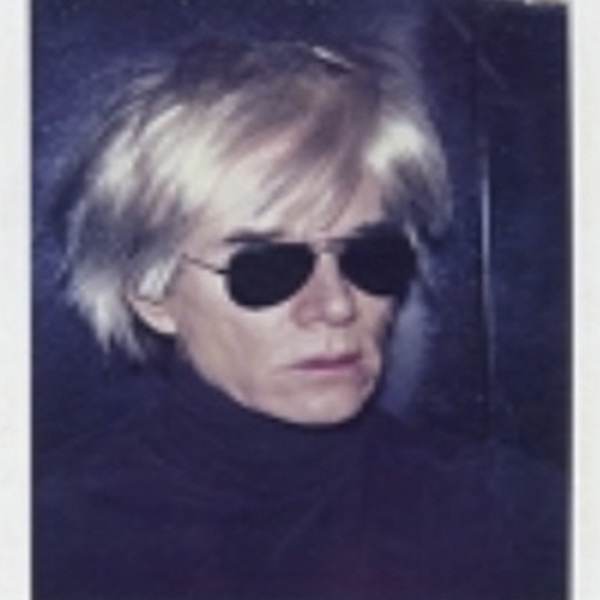
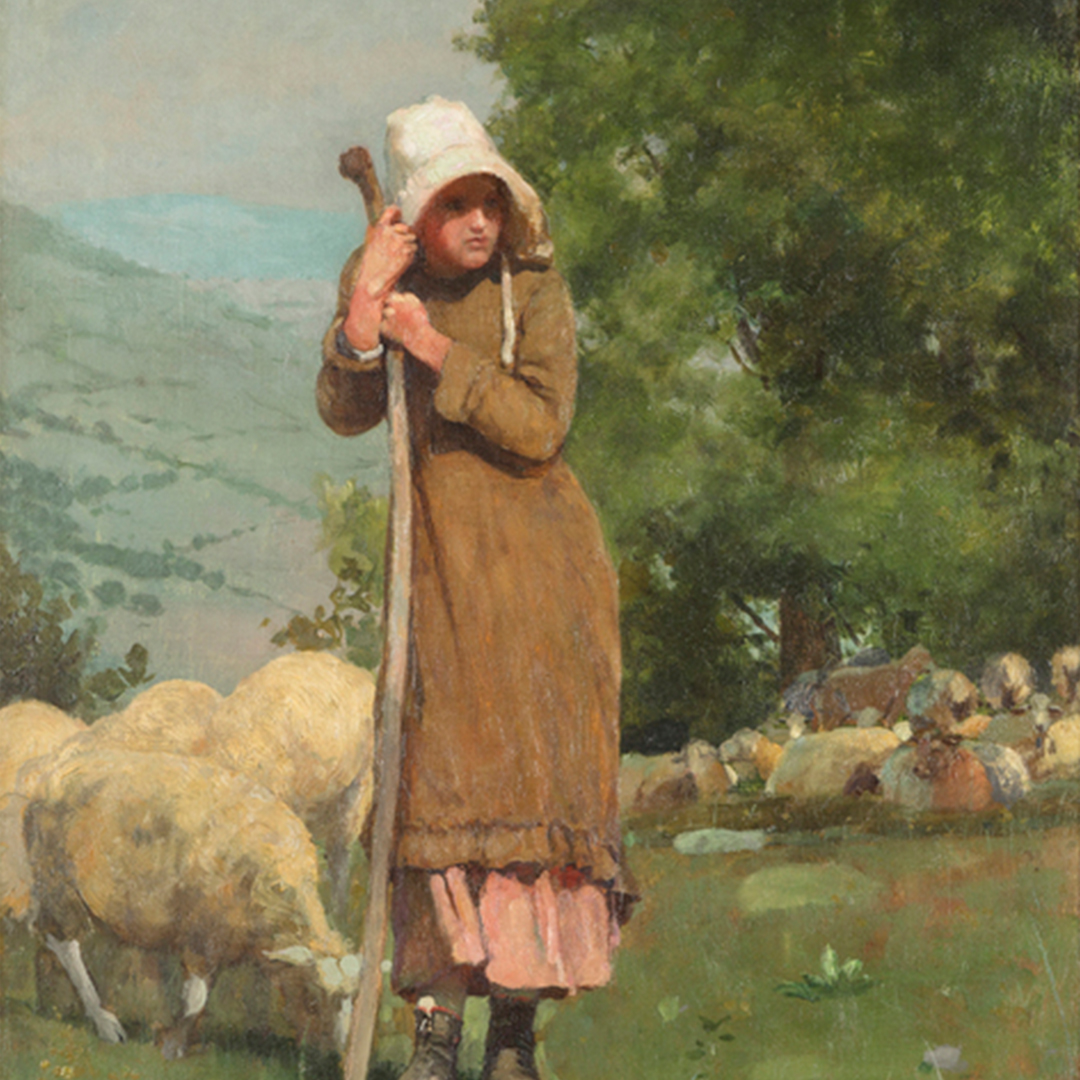
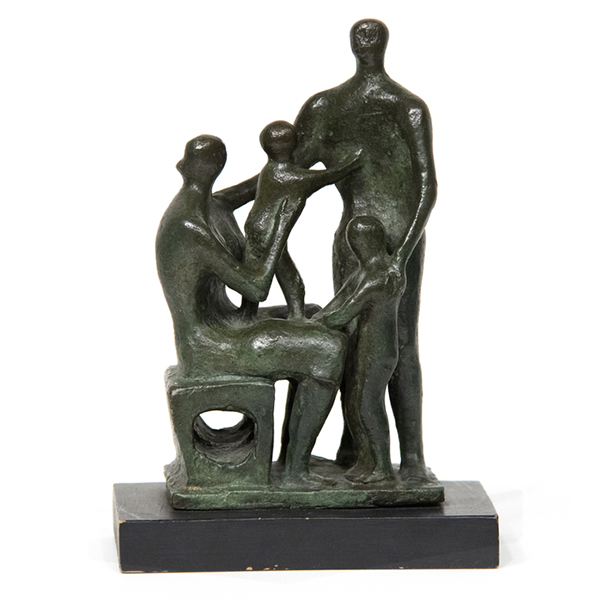
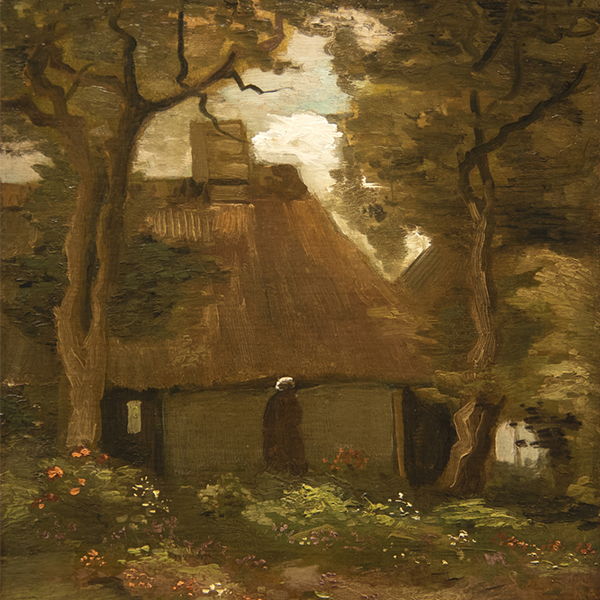
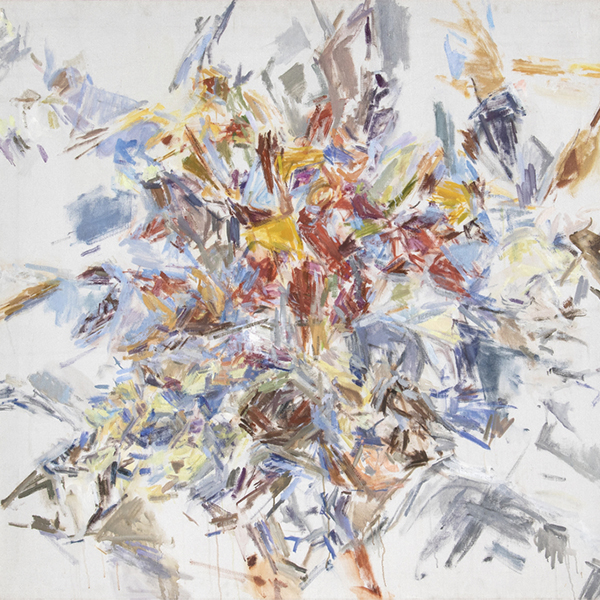
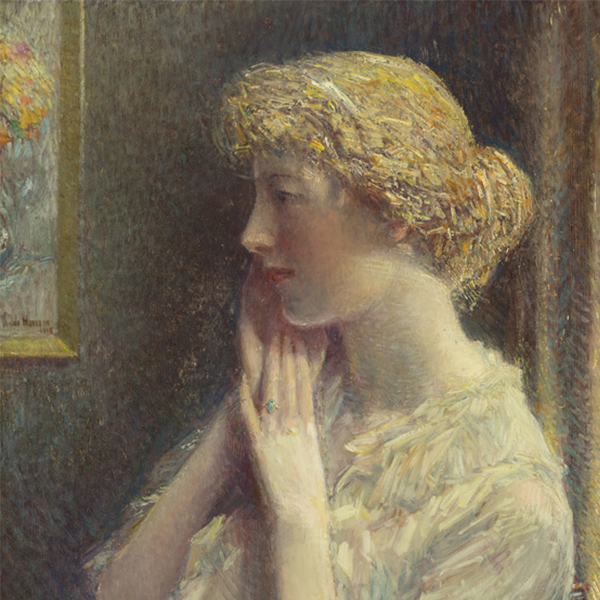
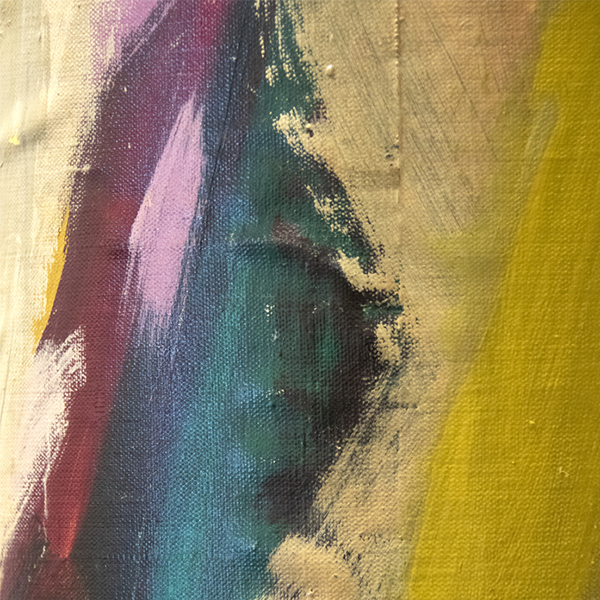
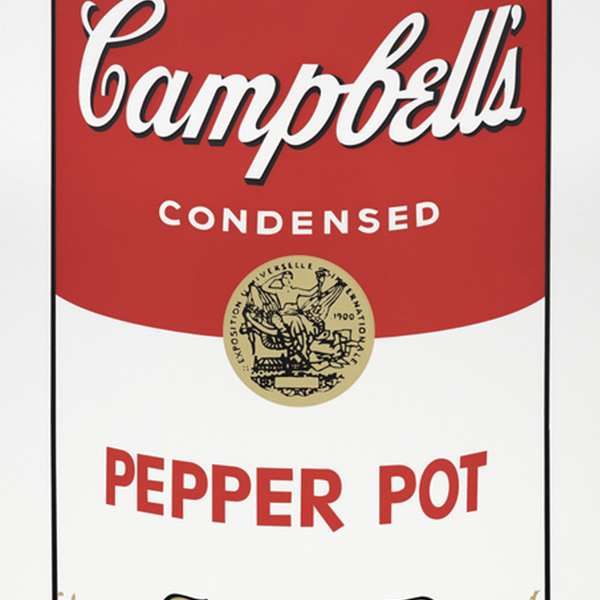
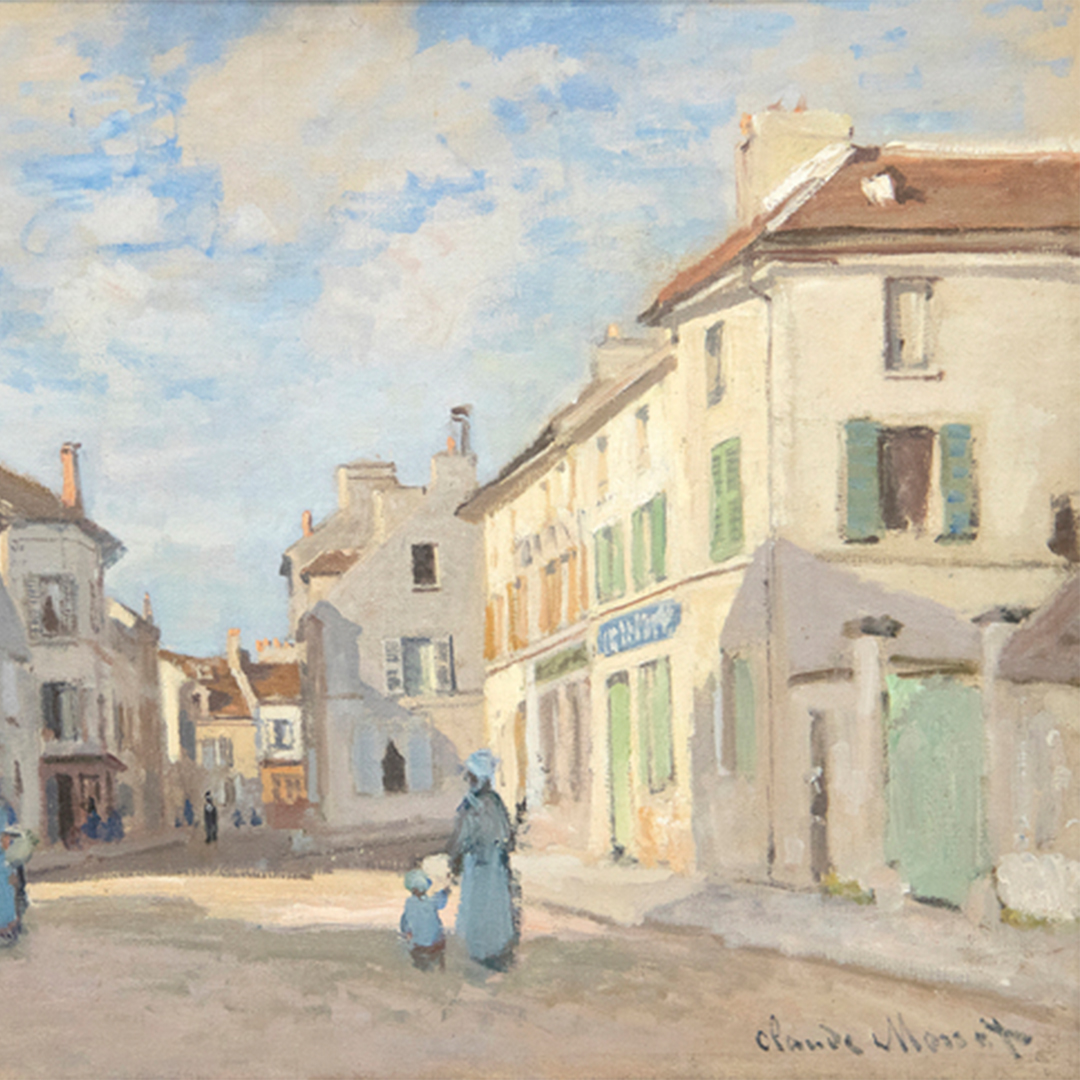
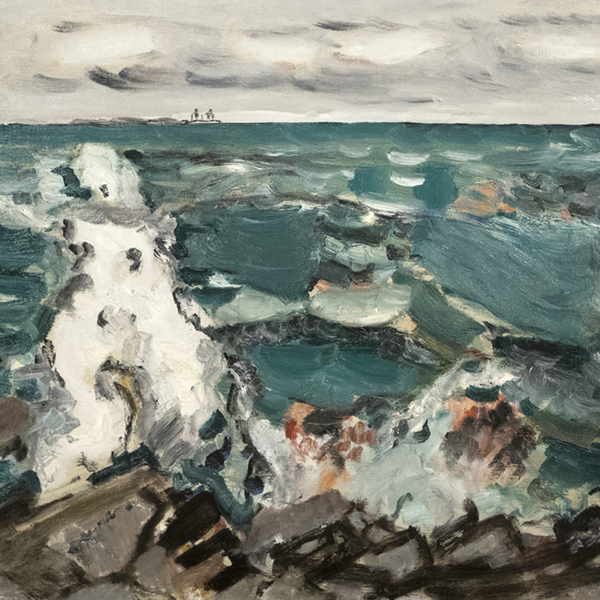
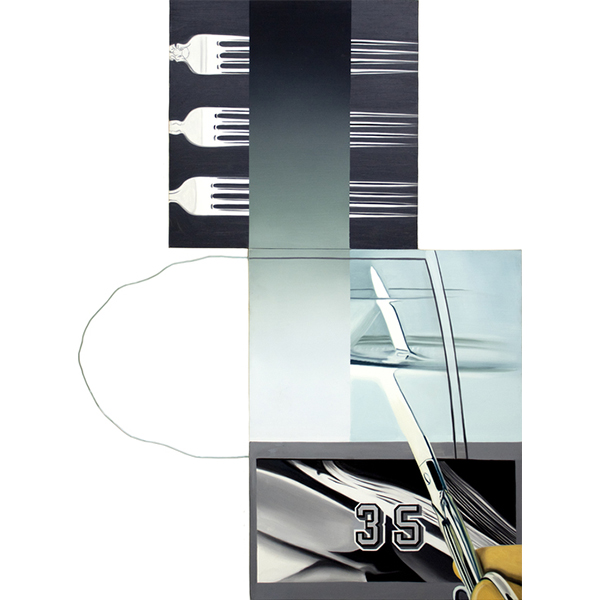
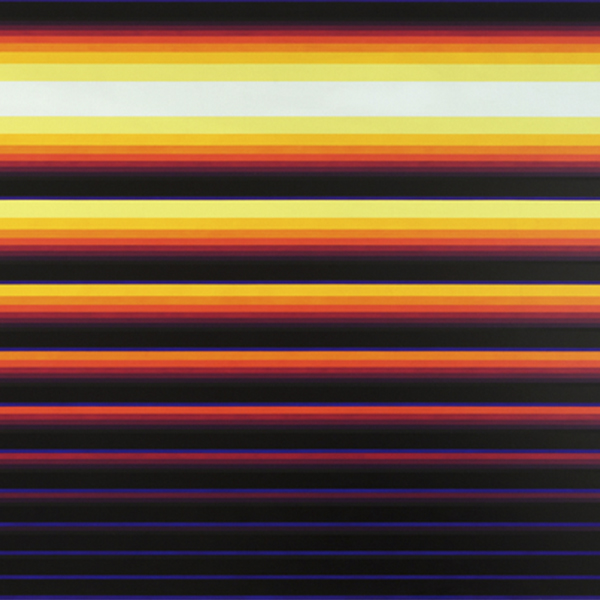
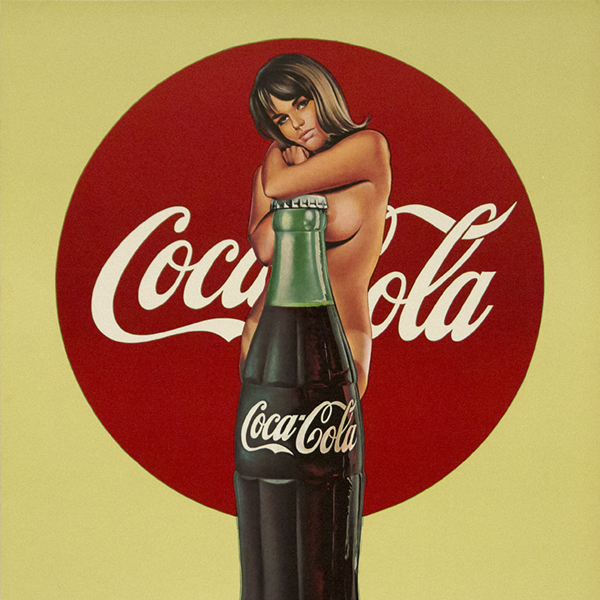

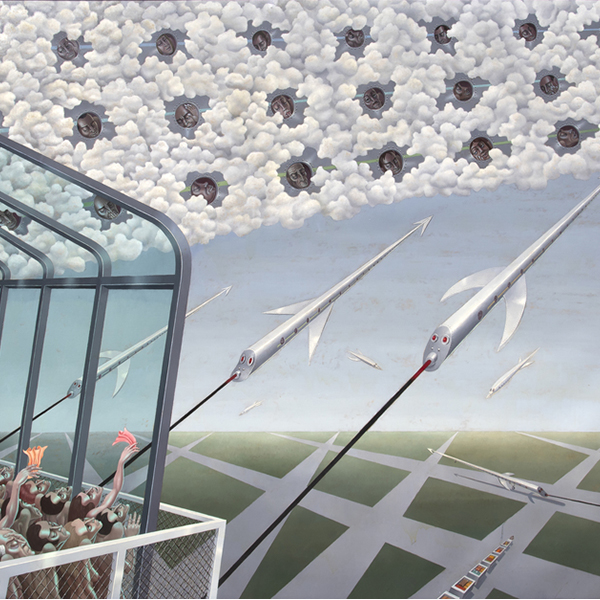

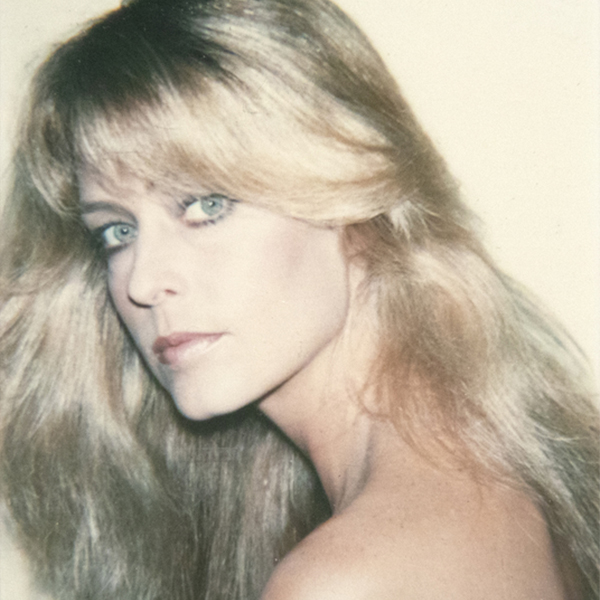
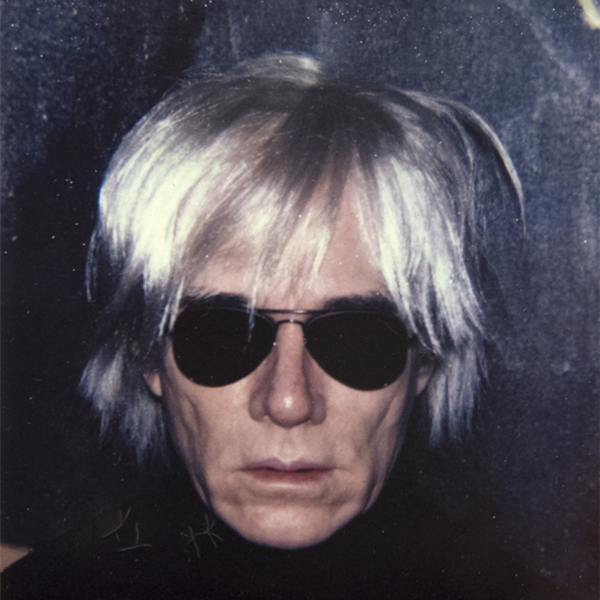
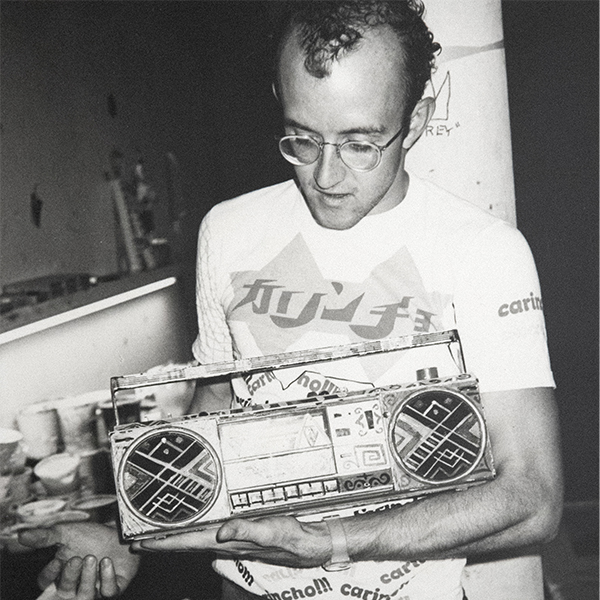
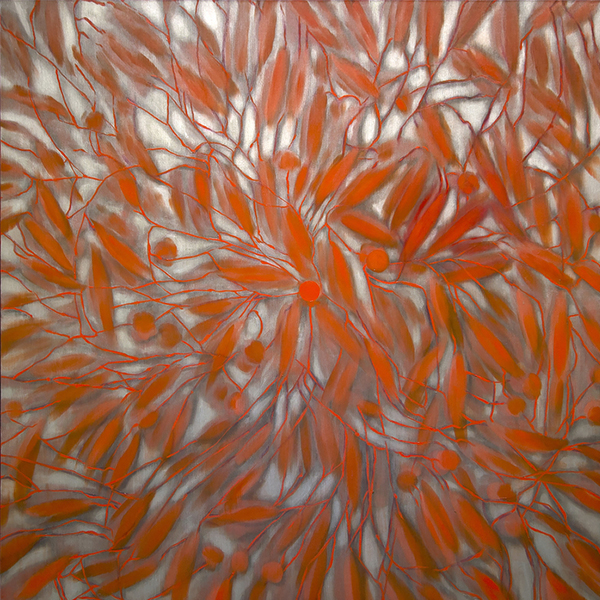
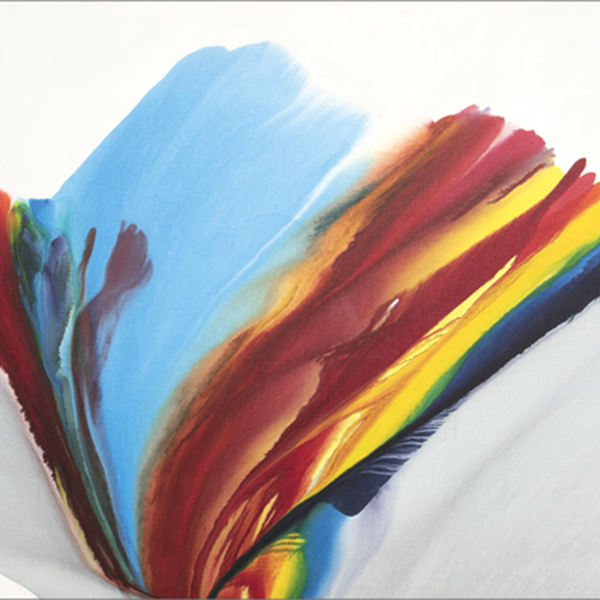
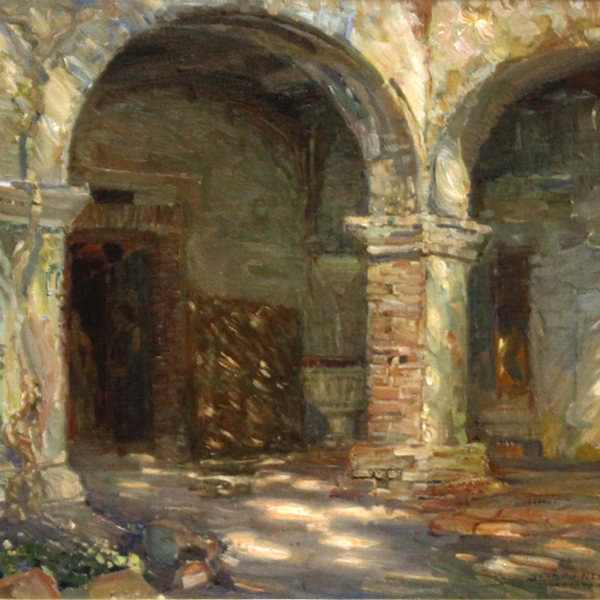
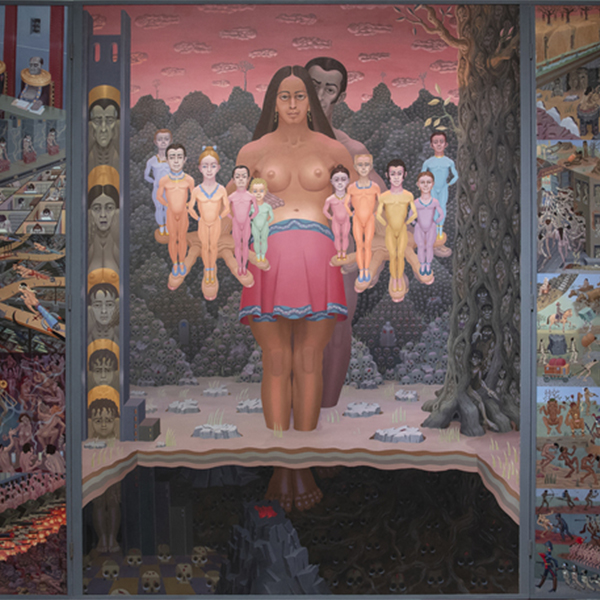
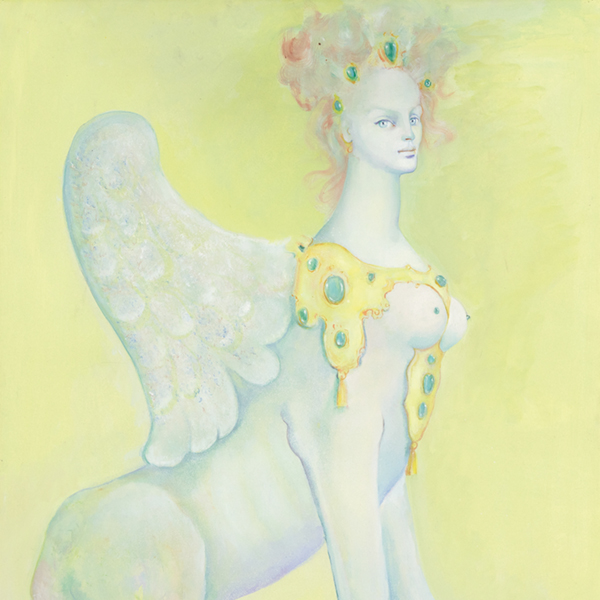
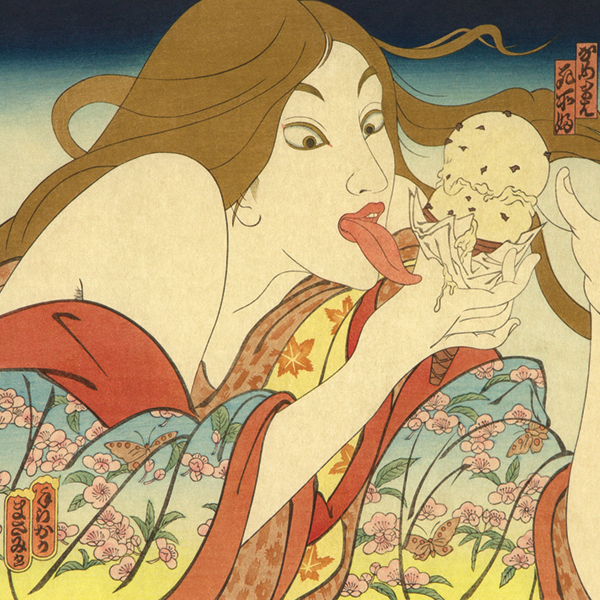
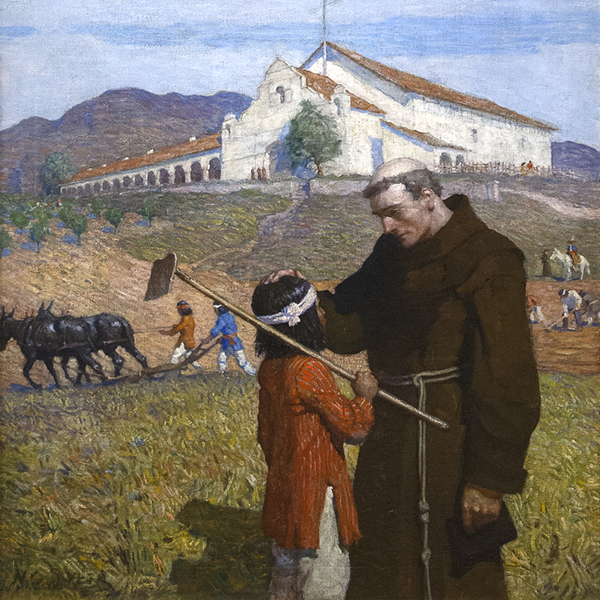
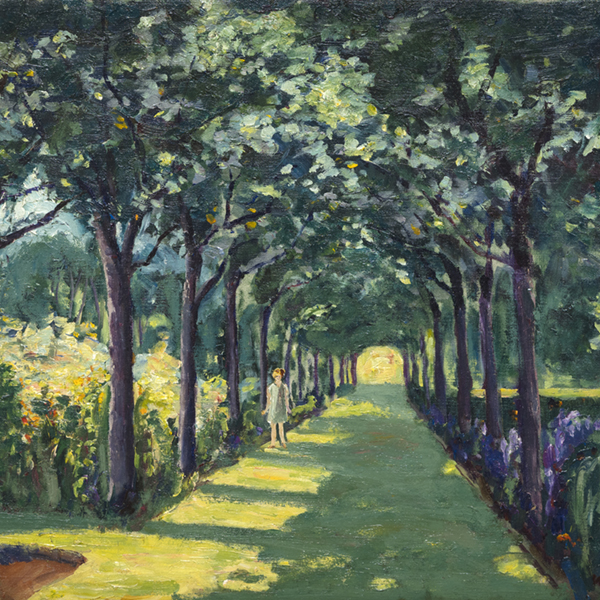
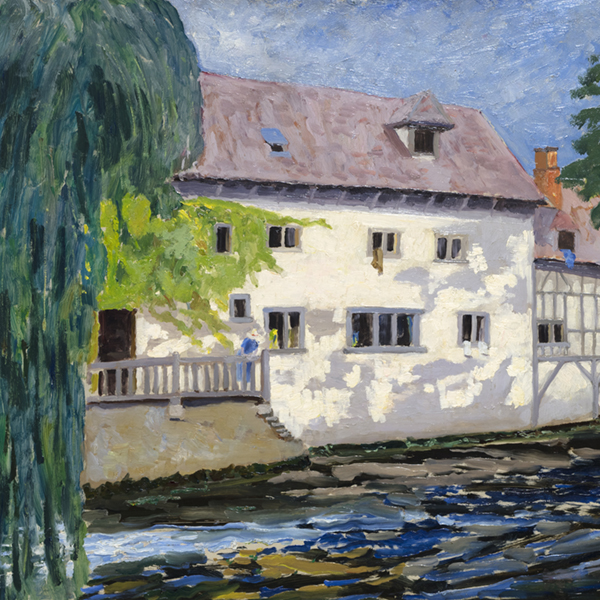
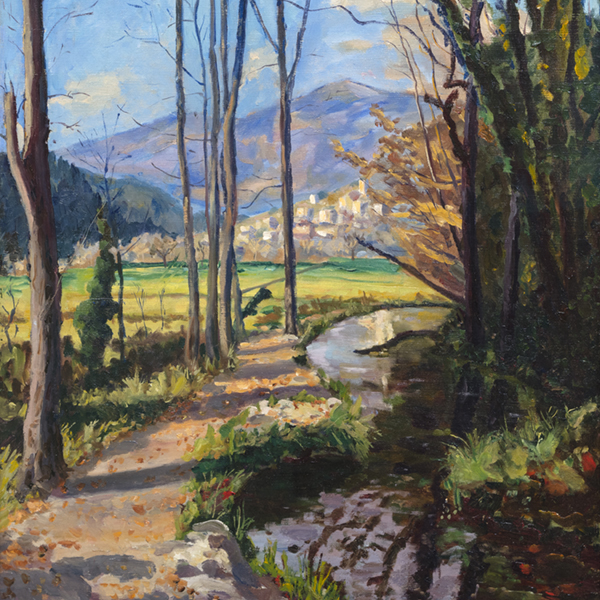
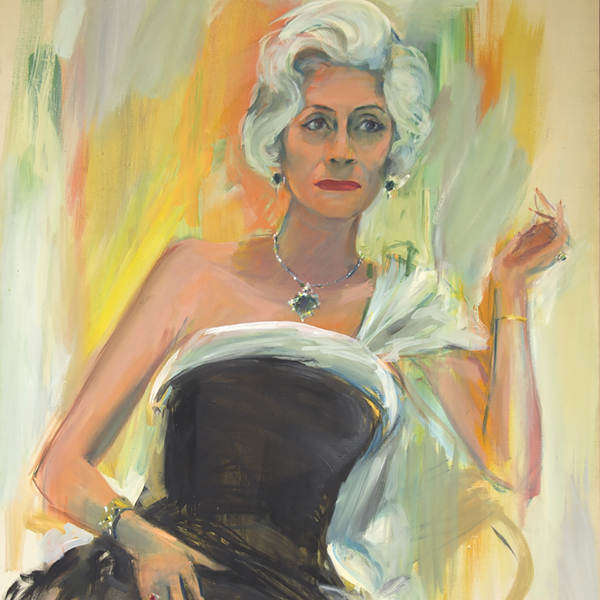
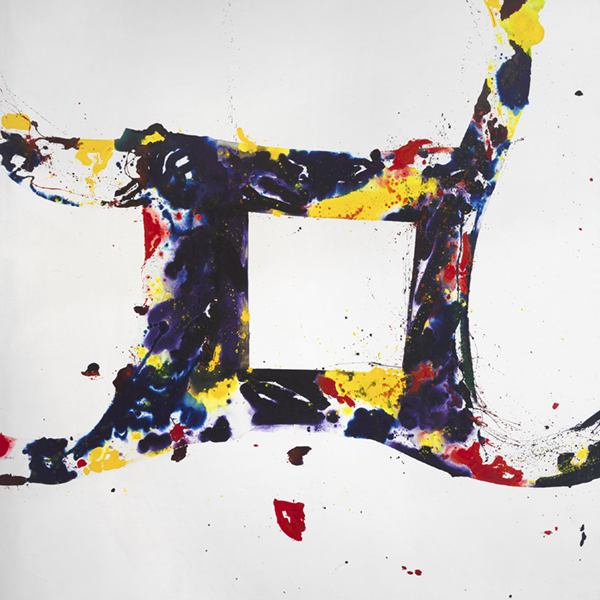
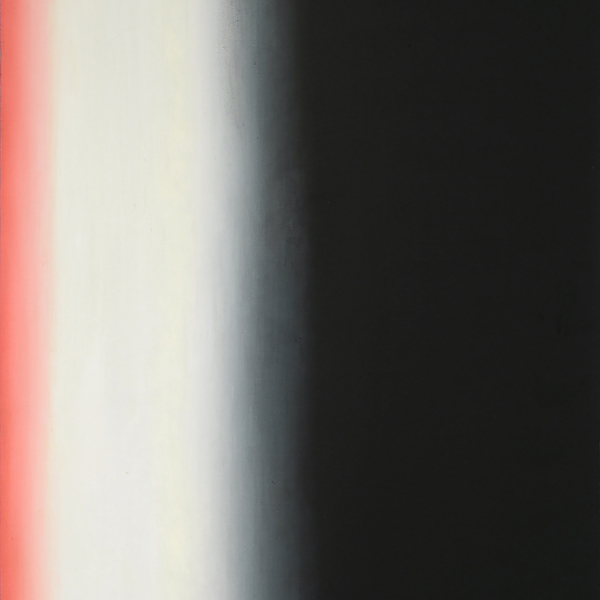

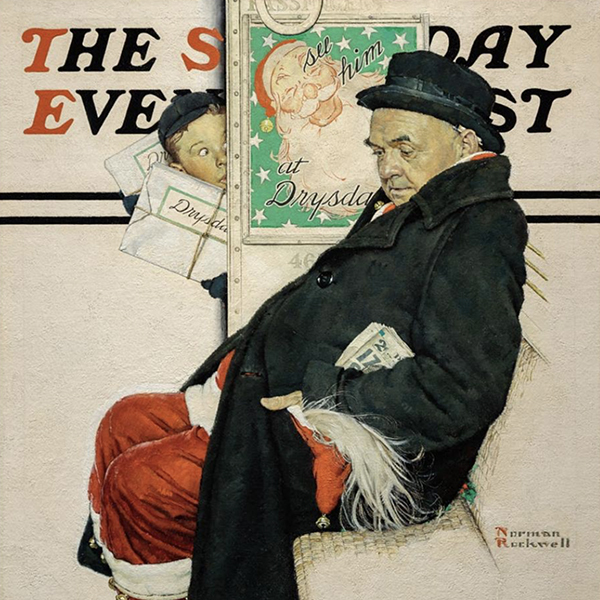
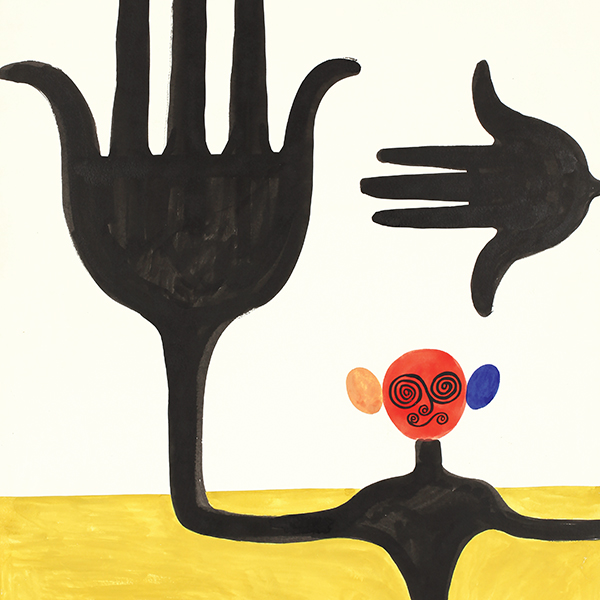
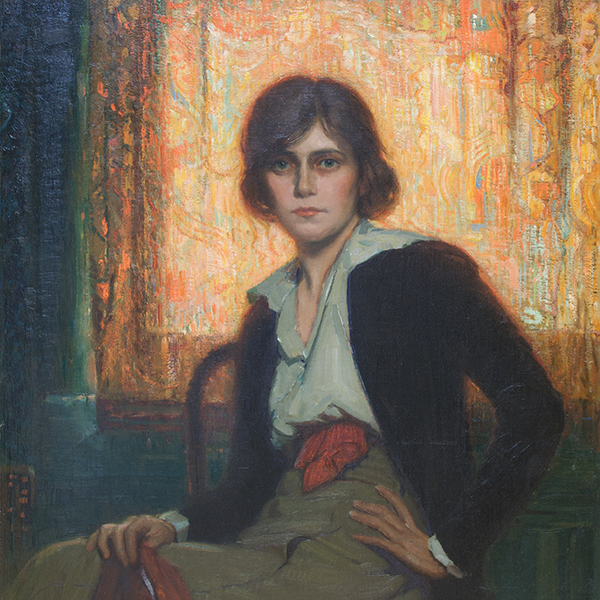
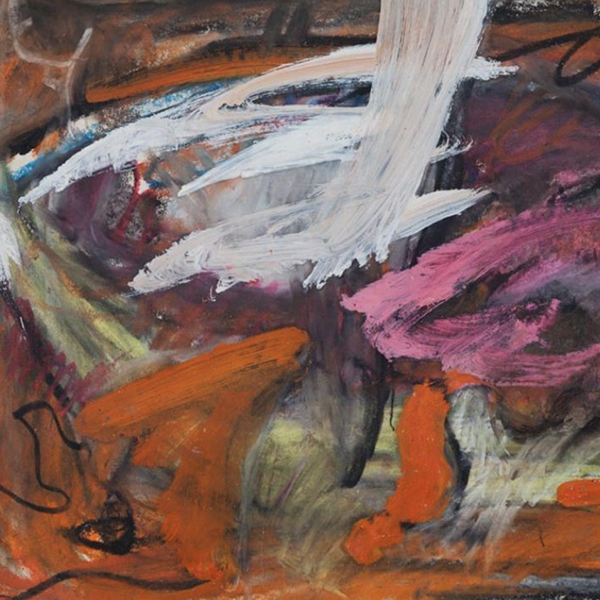
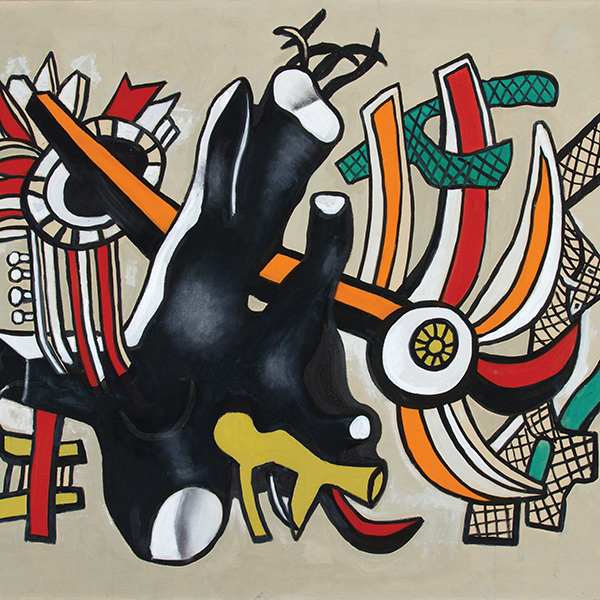
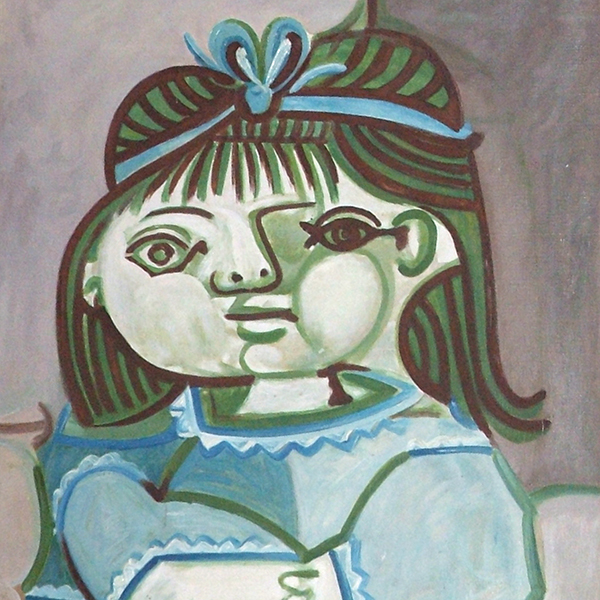


































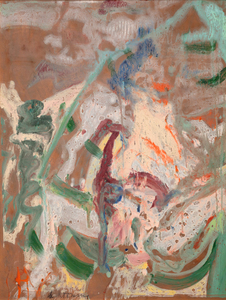
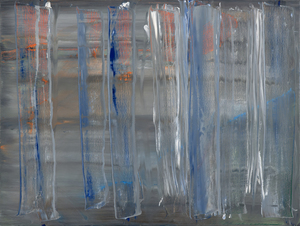
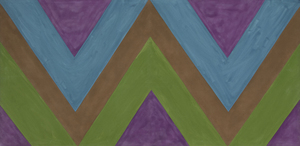
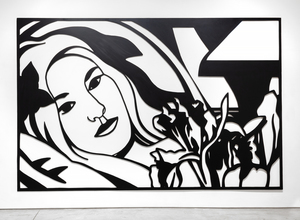
_tn31465.b.jpg )
